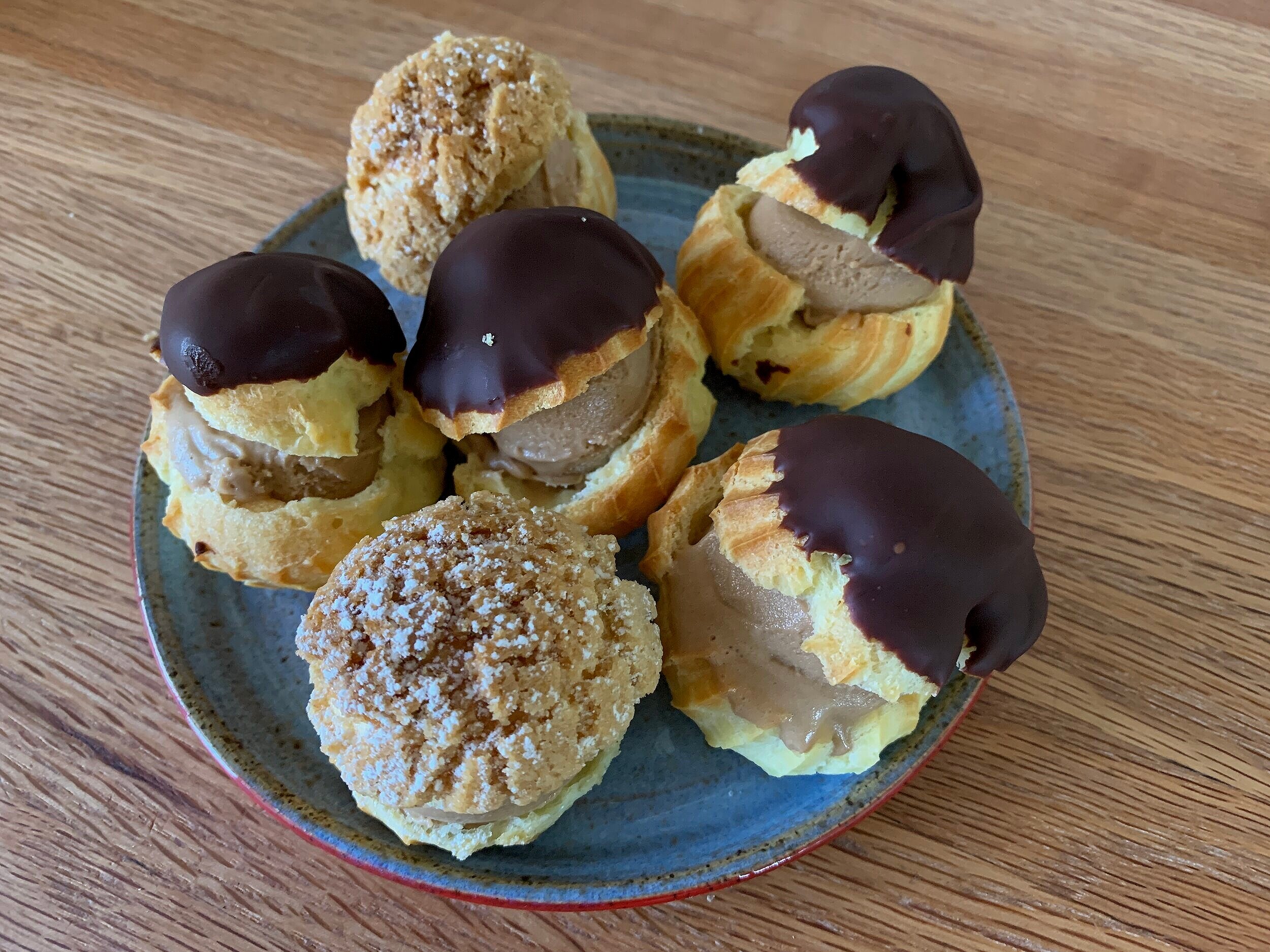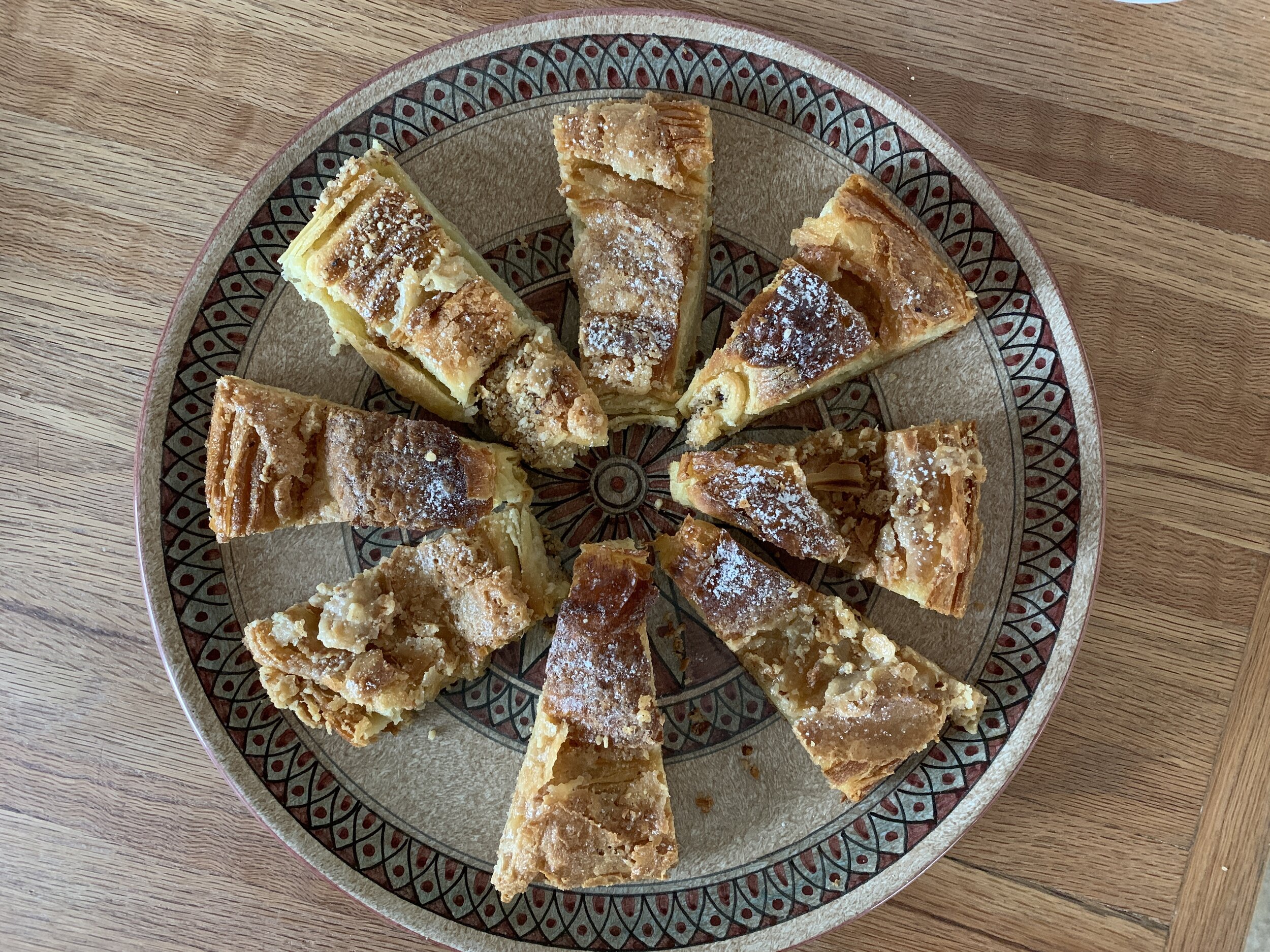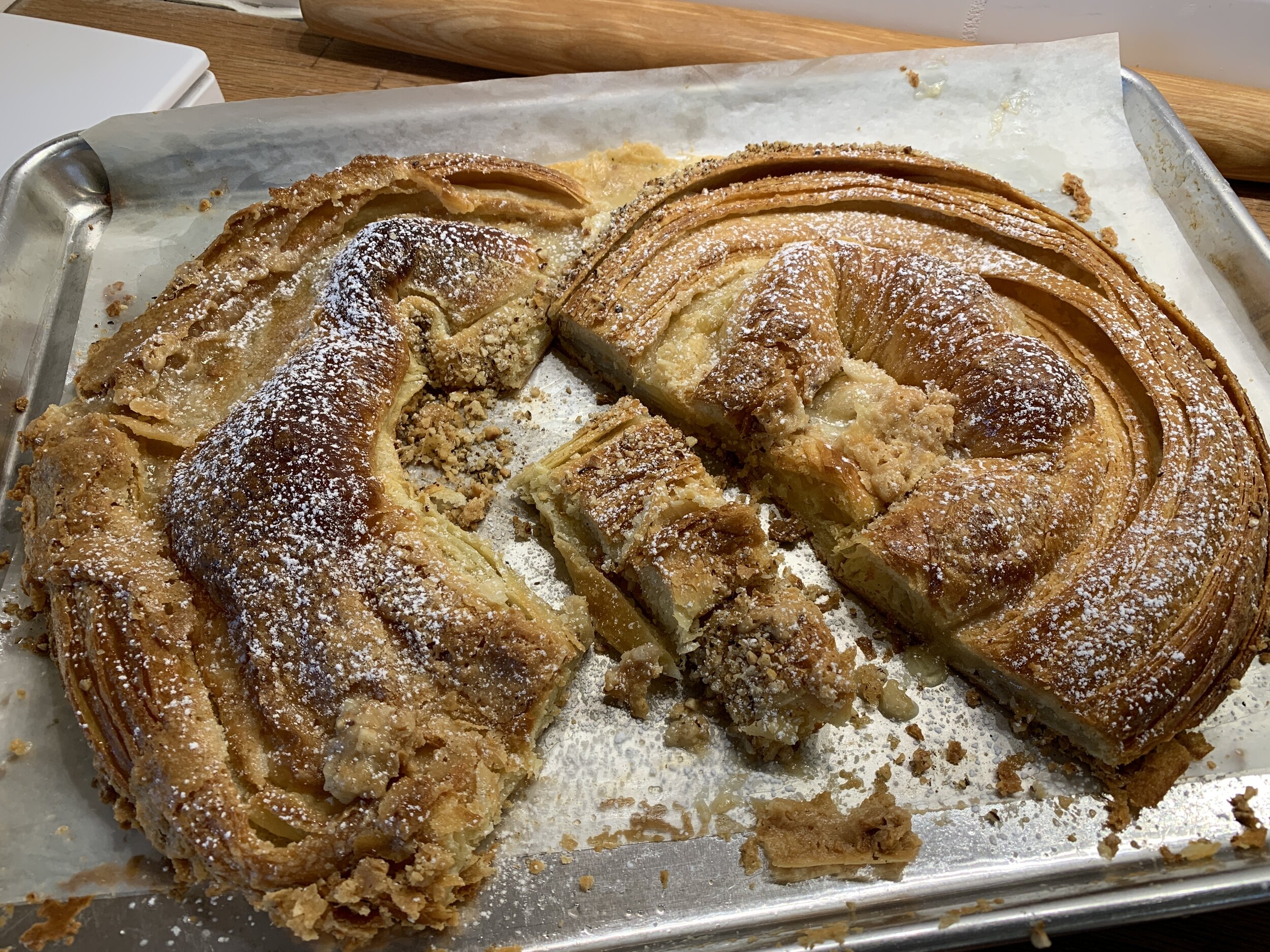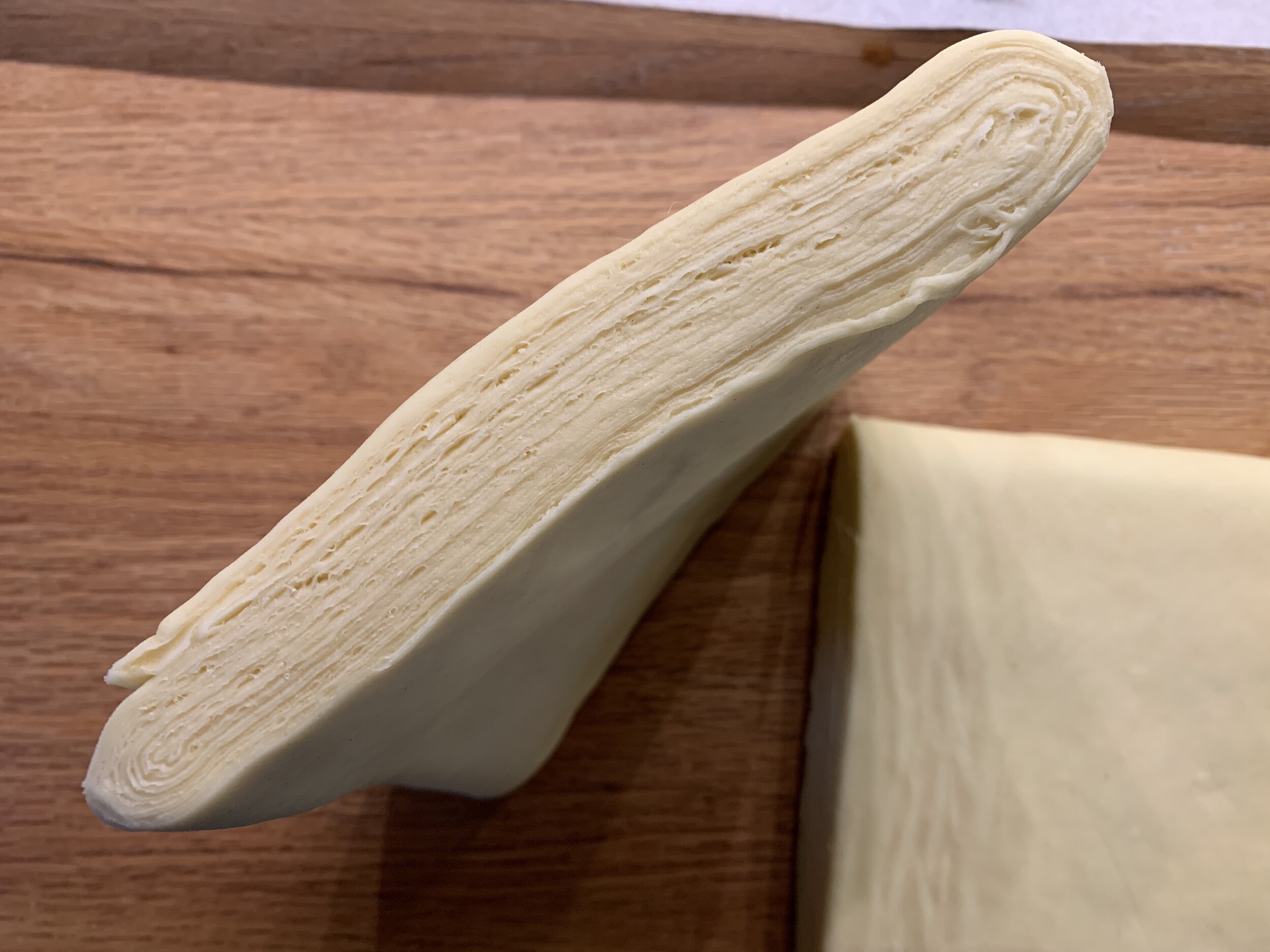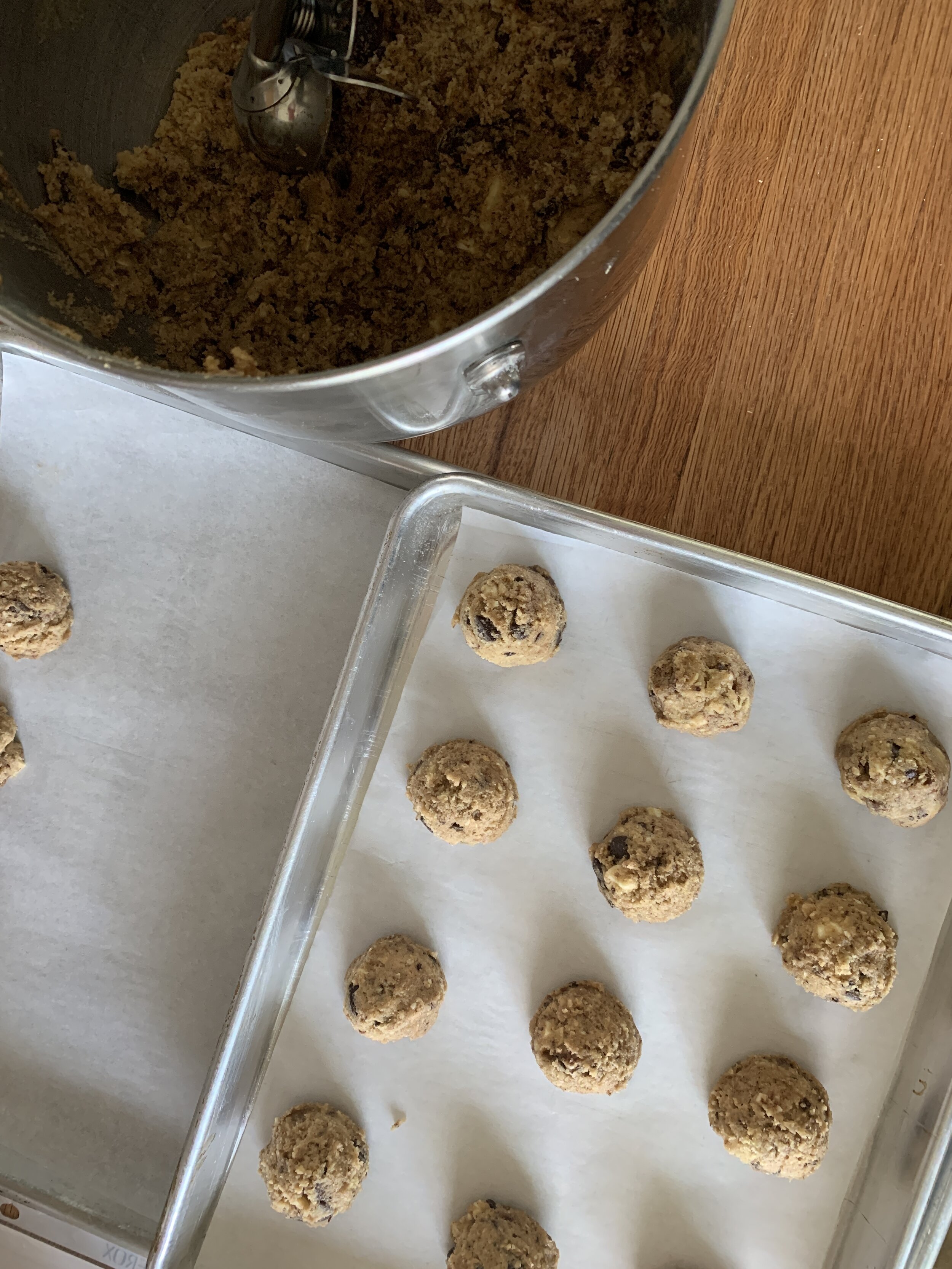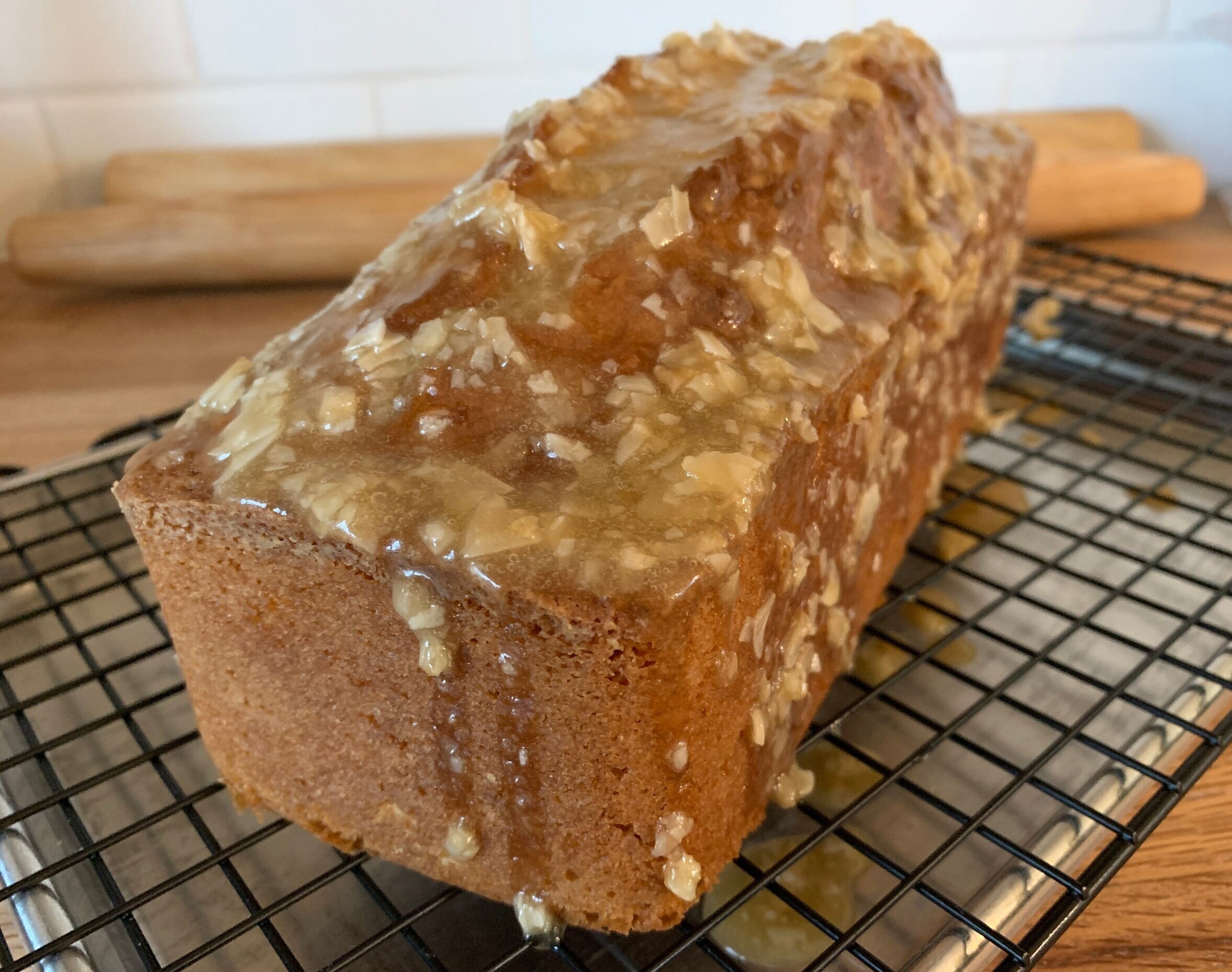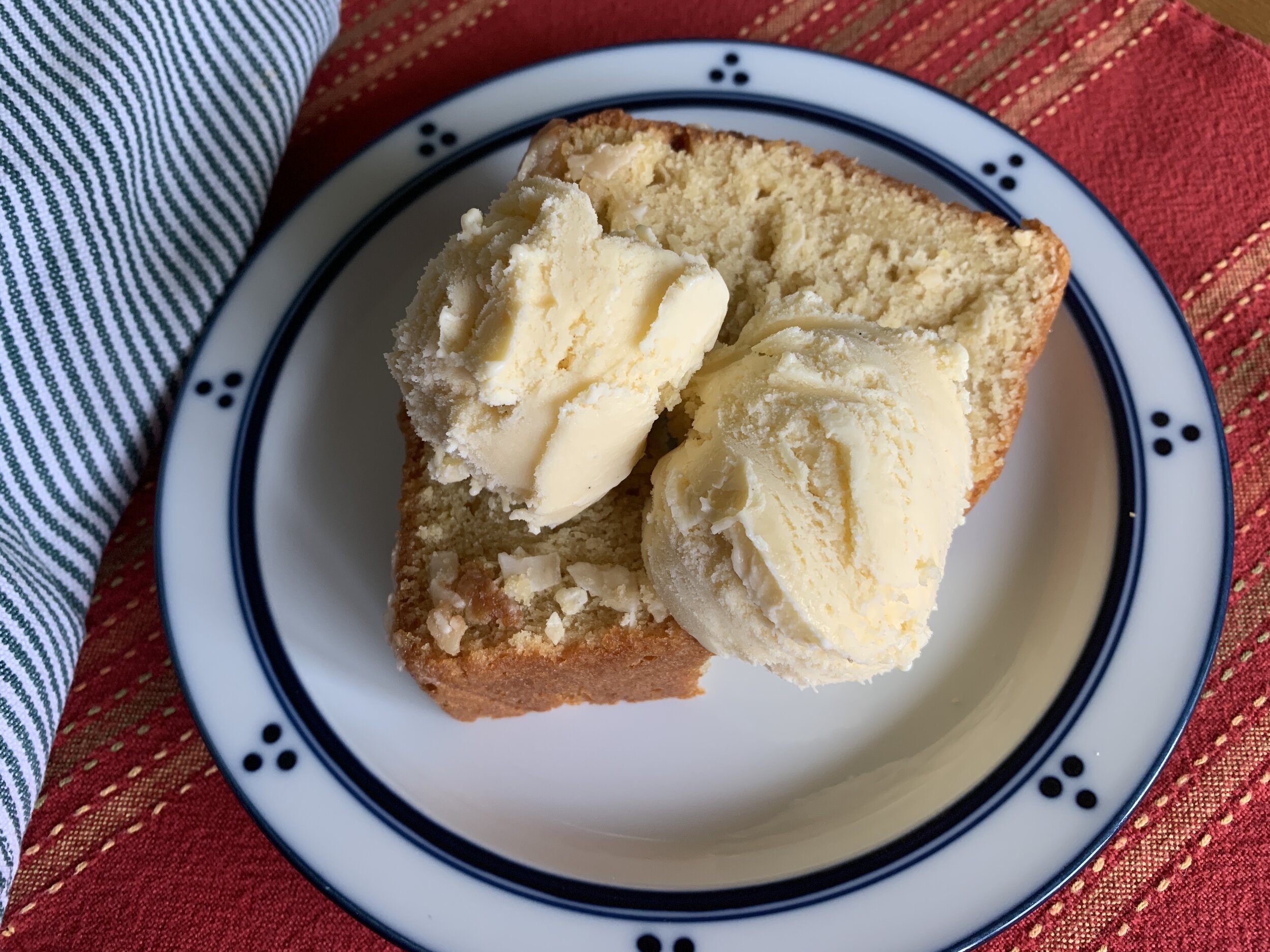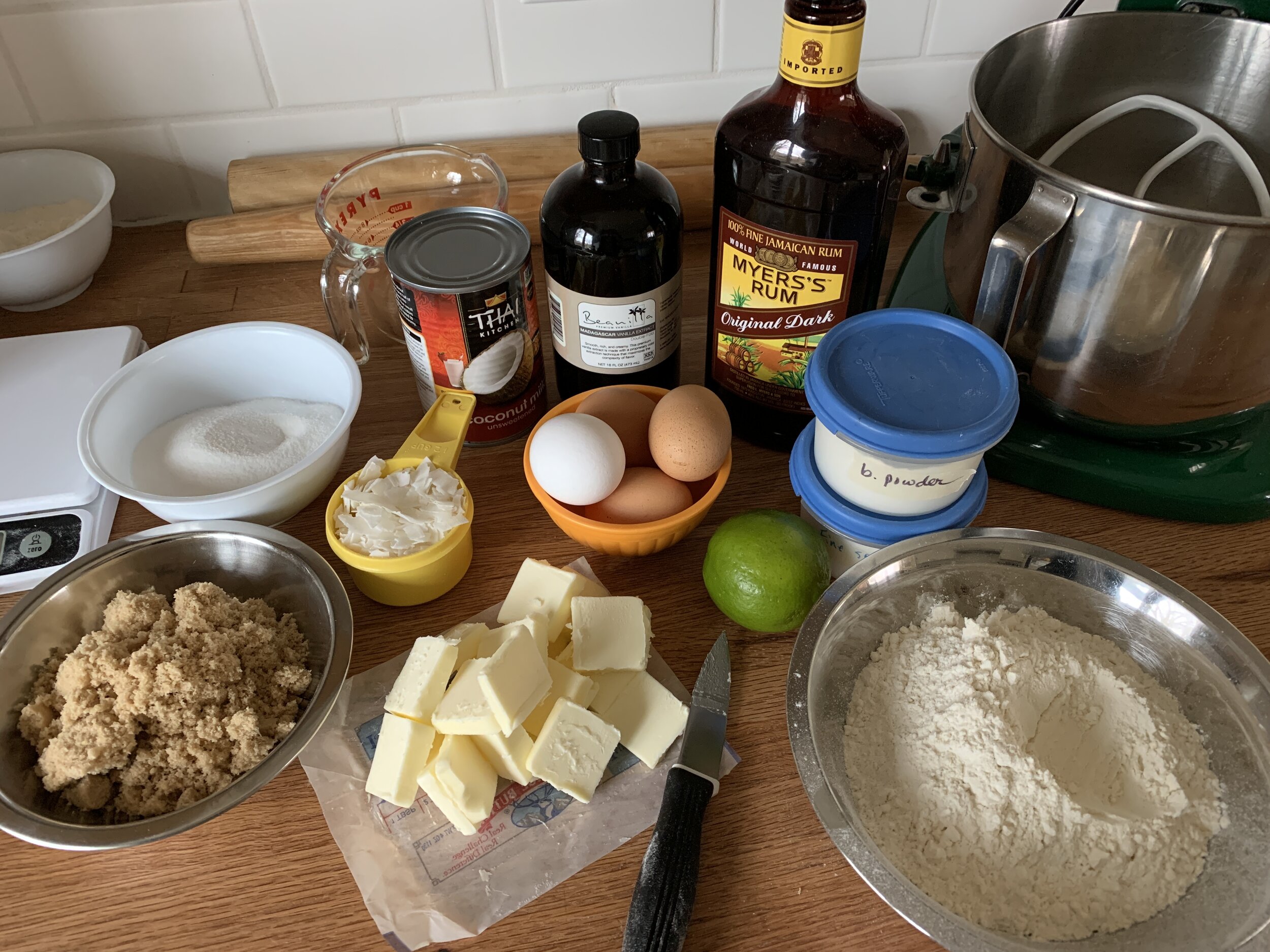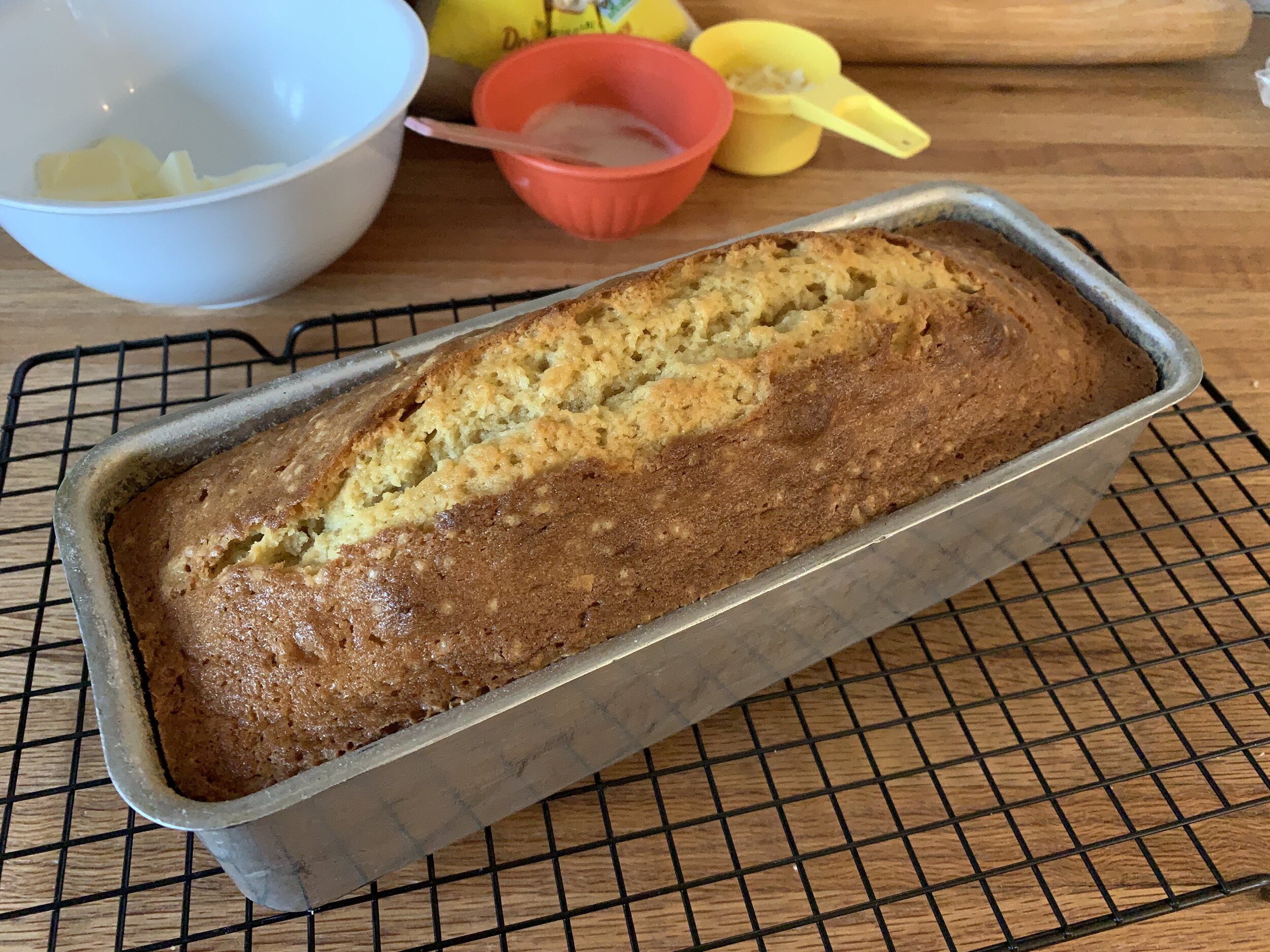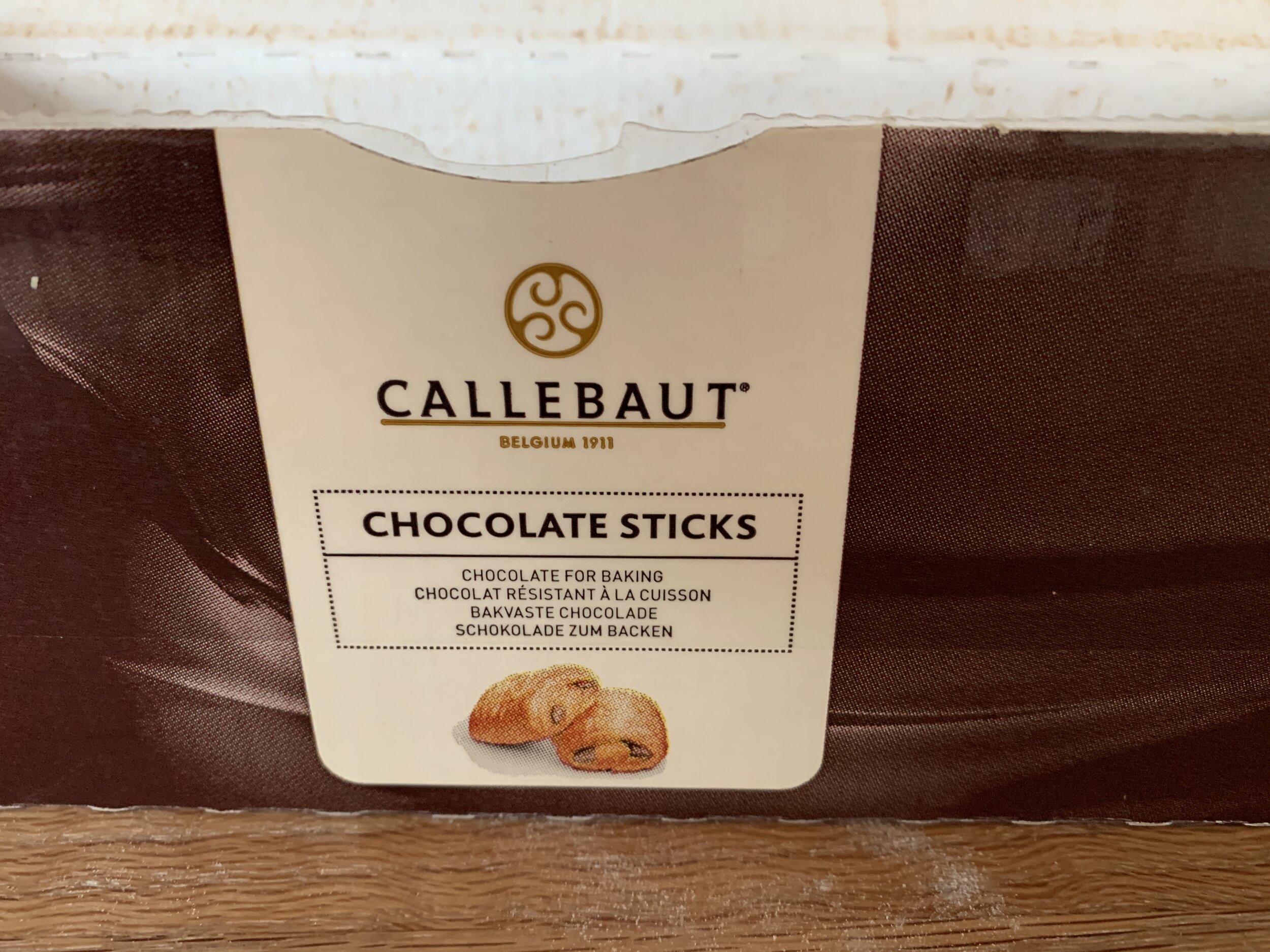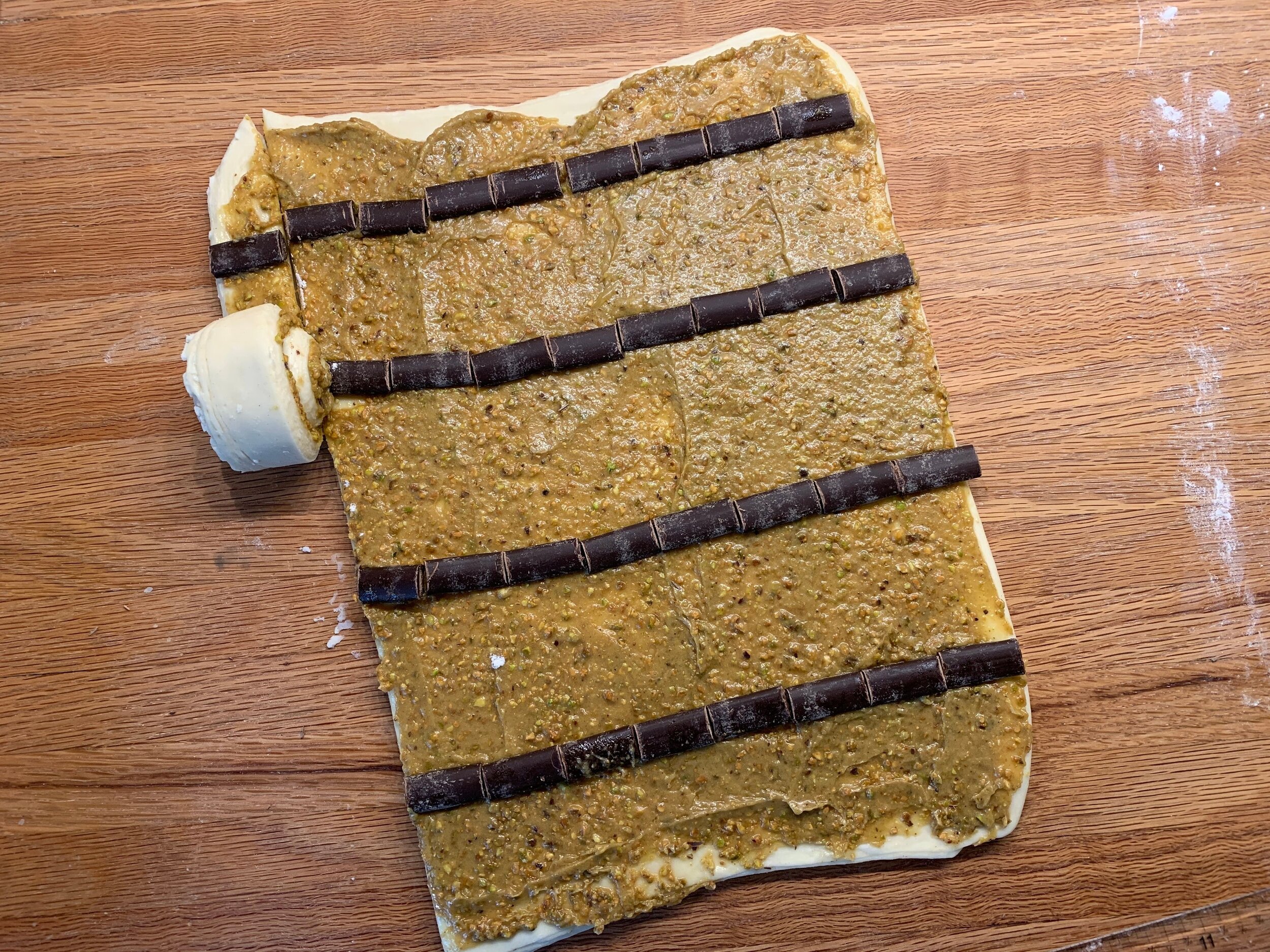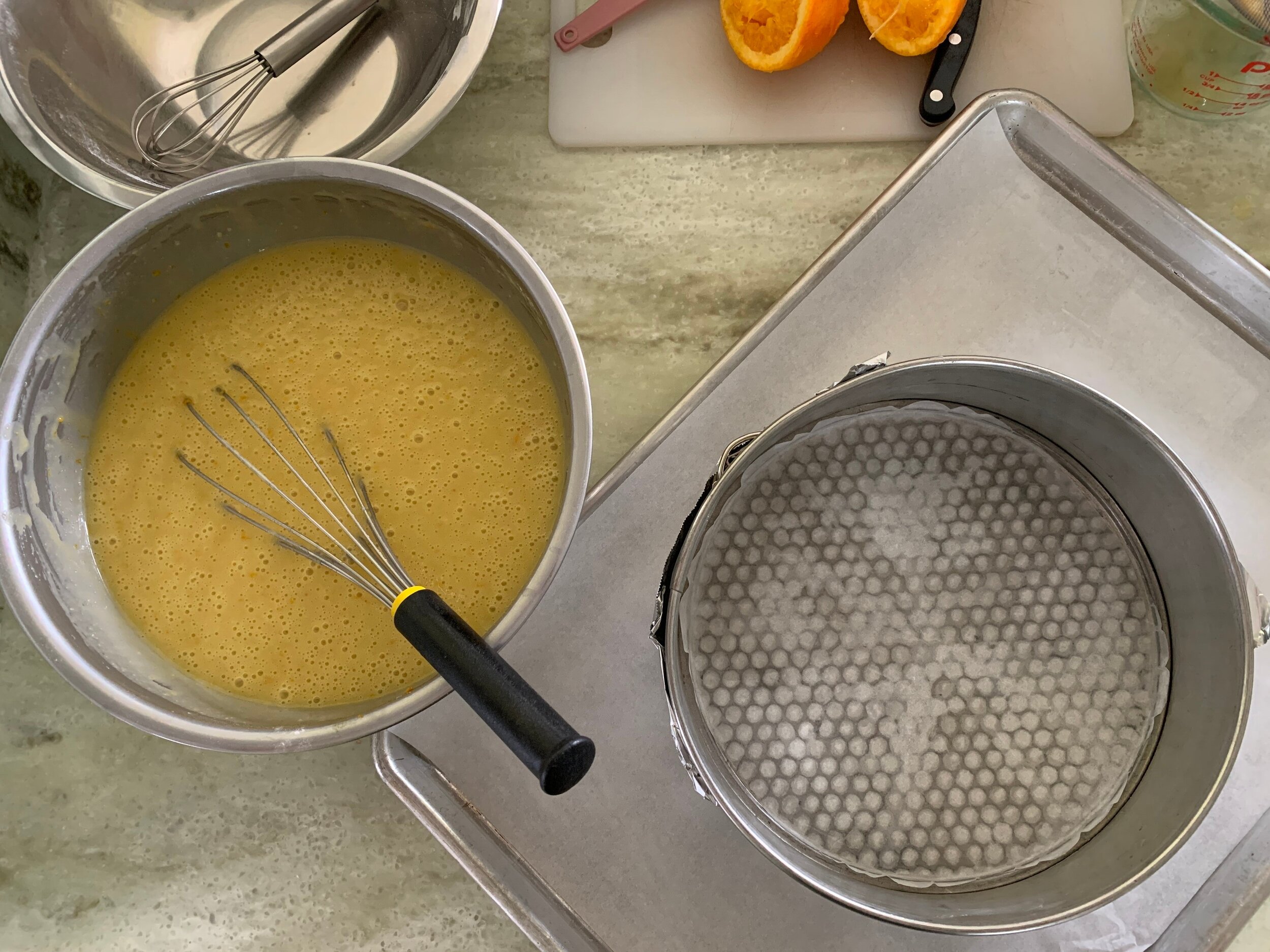Milk chocolate malted ice cream profiteroles
/After that extensive Danish Kringle post (whew!) I knew it was time for a break with a quick note on a fun and delicious dessert experience.
This past weekend we celebrated Steve’s birthday in isolation, enjoying a tipple of champagne followed by his famous marinated flank steak on the grill, roasted little potatoes and a veggie mix of edamame and last summer’s freezer stashed sweet corn. Mmmm mmmm good.
As luck (or the fates) would have it, I had choux puffs in my freezer that were originally intended for an event that was canceled due to the pandemic, and I’d been scheming about how I might use them. Since anything made with choux paste is on Steve’s favorites list, I knew they would have to be part of his birthday dessert.
I recently posted on making chocolate chunk bars as a way of using up some of the chocolates I had in my cupboard. I still had some Valrhona milk chocolate on hand, as well as Carnation malted milk powder which I originally purchased some months ago to make brown butter shortbread cookies. Inspired once again by Claudia Fleming’s “The Last Course”, milk chocolate malted ice cream was officially on the menu. Profiteroles here we come!
What a great plan ahead dessert. Make your choux puffs using your favorite recipe and stash ‘em in the freezer where they’ll be fine for some weeks. Make or buy any flavor ice cream you choose a few days, or even a week or two ahead and you’ll be ready to assemble on the big day.
I made my usual ice cream base and, once cooked and off the heat, blended in 113 g / four ounces chopped milk chocolate, 28 g / one ounce 64% Guittard chocolate discs and a scant cup of Carnation malted milk powder (sift before whisking it in). Then strain and chill.
I usually keep my ice cream bases refrigerated for a day or two before processing. Once the ice cream is churned it needs a good 3-4 hours in the freezer to firm up. But you can make it ahead and it should be fine in the freezer for a week or two.
On the day you plan to serve the profiteroles, take out as many as you want, put ‘em on a parchment lined sheet pan and warm them in a 300ºF oven for 10 minutes or so to thaw them and crisp them up a bit. Cool before slicing the tops open and filling with lovely scoops of frozen goodness. Then simply put them back in the freezer to hold until serving.
A quick note about ice cream - this malted milk version was easy to scoop right out of the freezer (maybe due to the malted milk powder??), but some flavors of ice cream will freeze harder than others. Give yours a feel and if it’s rock hard, take it out 10-15 minutes ahead of scooping for greater ease of assembly.
For a lovely ending to Steve’s birthday meal I just popped a few in each of our bowls, topped them with chocolate sauce, caramel drizzle and chocolate shortbread cookie crumbs et voilà - un dessert três délicieux!
The next day I had empty puffs on hand and more ice cream so I filled them all and froze them for enjoyment later. I found that once they had firmed up over the next hour or two, I could turn ‘em upside down while gently holding the tops on and dip them in a chocolate glaze made by melting 113 g / 4 ounces dark chocolate with 42 g / 3 tablespoons unsalted butter, then back into the freezer they went.
In case you’re wondering, I had a few crunchy topped puffs in the mix which I left unglazed.
Even though we work at keeping our meals pretty darn healthy, during these days of ongoing isolation it’s nice to be able to anticipate a little sweet treat every now and again don’t you think?
Stay home, stay safe and keep on baking!

